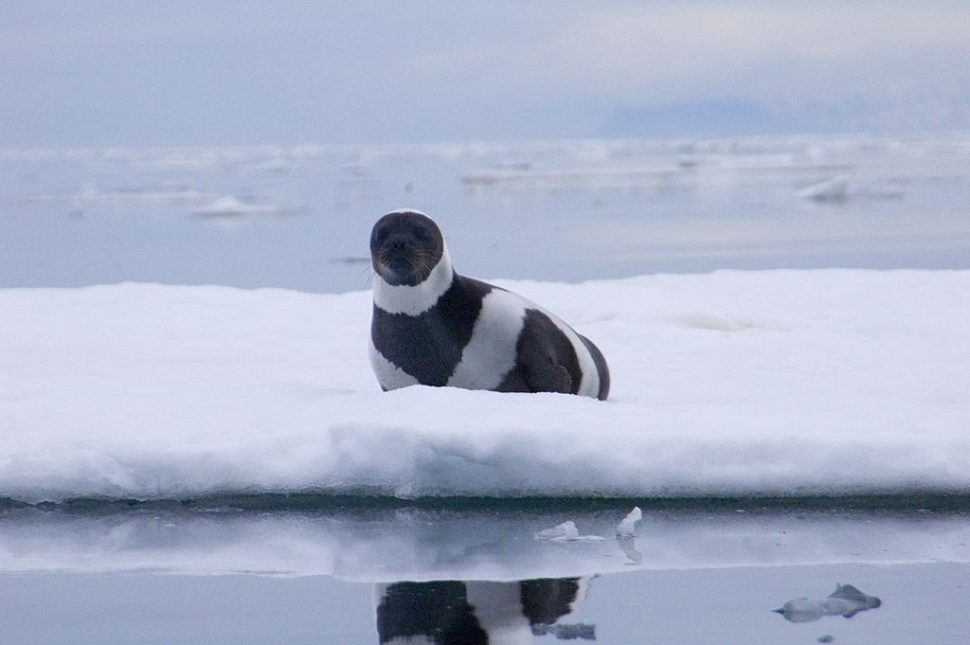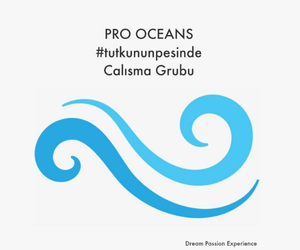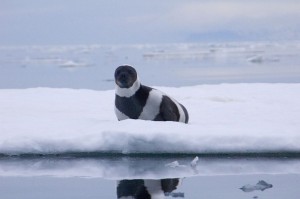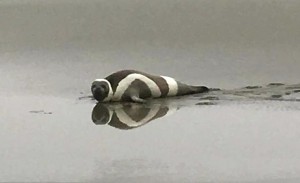A rarely seen pinniped that inhabits sub-Arctic and Arctic waters – from the Bering Sea north to the Chukchi Sea – has been spotted 2,000 miles from home, on a beach in Washington state.
Biologists spotted a single ribbon seal hauled out on Long Beach Peninsula on Tuesday, and captured a few images before the seal returned to the water.
The extraordinary sighting marks the second time in four years that a ribbon seal has appeared so far south of its typical range. The other was 2012, when a ribbon seal was spotted twice in the Seattle area.
After that sighting, Peter Boveng, leader of the polar ecosystem program with the National Marine Fisheries Service, told the Associated Press, “There are not many people who see these regularly.”
It’s not yet known if the seal spotted Tuesday was the same animal spotted near Seattle in 2012, or why a ribbon seal would be compelled to swim so far from its home waters.
Ribbon seals, which also inhabit the Sea of Okhotsk off Russia, are difficult to study because they spend much of their time on floating pack ice, away from land. Pack ice is used for resting, reproduction, and molting, as well as for protection against predators. When pack ice melts, ribbon seals forage in the open sea on squid, fish, and crustaceans.
The mammals are born pure white, but develop their distinctive-looking ribbon patterns, on otherwise black hides, by the time they turn 4.
As was the case in 2012, some people expressed disbelief when the ribbon seal image appeared on social media sites.
The image was posted Wednesday night by the Washington-based Orca Network, along with this description:
“A very interesting sighting from NOAA Fisheries! We had another beautiful ribbon seal visit Washington State in 2012 – but it is a very rare treat for sure.
“On the morning of August 16th a ribbon seal hauled out approximately 1 mile north of Oysterville Road on the Long Beach Peninsula. The ribbon seal appeared to be in good condition and went back into the water. This information and attached photo was shared with WDFW Marine Mammal Investigations and Portland State University last night by William Ritchie a Refuge Biologist with the USFWS in Ilwaco, Washington.”
Among the comments was this from Tina Simpson: “Is this real or are you pulling our legs?”
After conducting a little research, Simpson added a new comment: “Never mind. I looked them up, they are real. How is it that I have lived 46 years and this is the first I’ve heard of these beautiful creatures?”
Messages sent to Ritchie, the U.S. Fish and Wildlife Service biologist, requesting additional information and insight, had not been answered at the time of this post.
Source: grindtv






